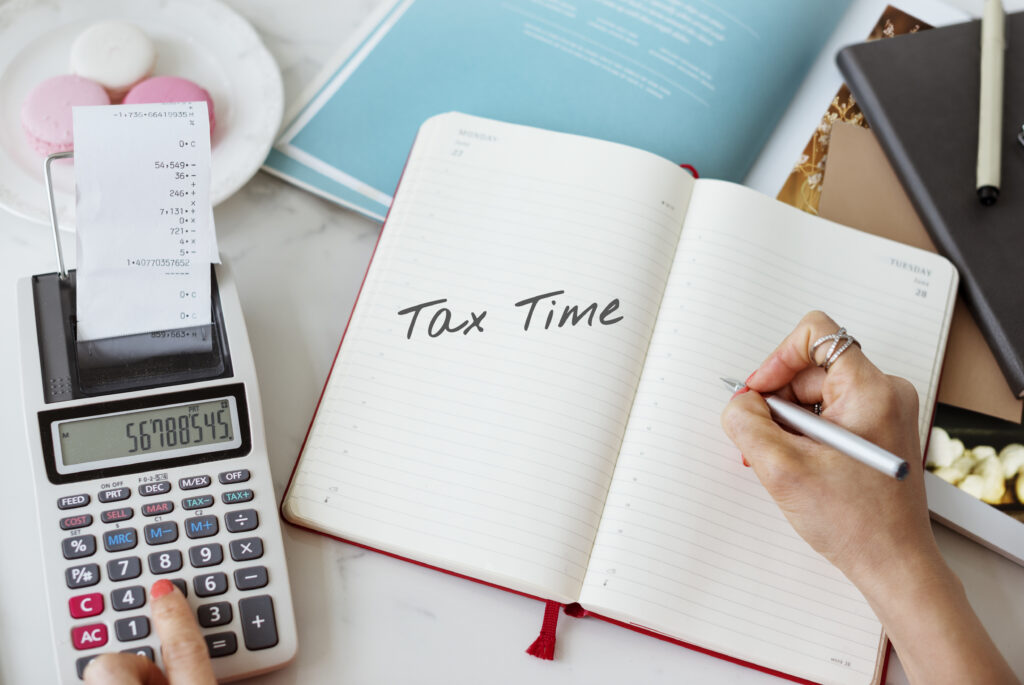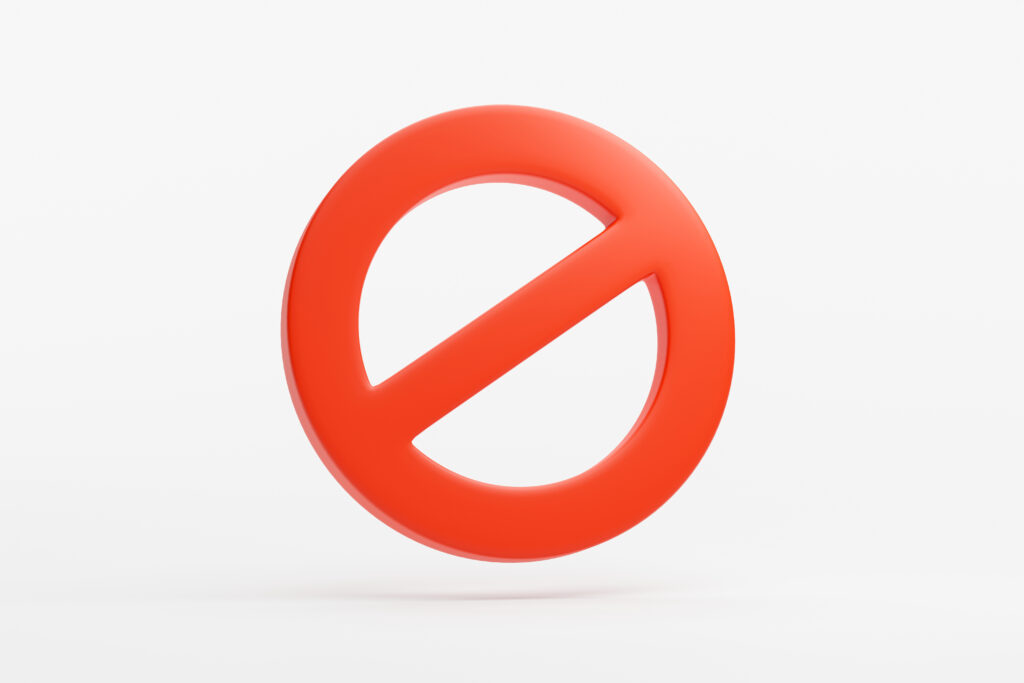Nobody likes to lose money on an investment, but smart investors know how to turn losses into long-term wins.
That’s where tax-loss harvesting comes in. It’s a strategy that can help you lower your tax bill and improve your portfolio’s efficiency. While it sounds technical, it’s actually simple once you understand the basics.
Let’s break it down.
What Is Tax-Loss Harvesting?

Tax-loss harvesting is the process of selling an investment that has declined in value, realizing the loss, and then using that loss to offset capital gains (profits from other investments) or reduce your taxable income.
You’re not just accepting a loss… you’re using it strategically.
Example:
- You sold Stock A for a $10,000 profit.
- You sell Stock B for a $4,000 loss.
Now, instead of paying tax on the full $10,000 gain, you only owe tax on $6,000.
That’s tax-loss harvesting in action.
Why It Matters for Investors
Here’s why tax-loss harvesting is such a powerful tool… especially if you’re a high-income earner:
- Reduces your taxable income: You can use up to $3,000 in capital losses each year to reduce your ordinary income.
- Offsets gains: If you’ve had a good year in the market, losses help reduce the tax burden on your gains.
- Improves after-tax returns: Less money going to taxes = more staying invested and compounding over time.
- Applies to many asset types: Stocks, ETFs, mutual funds, even crypto (in many jurisdictions).
How to Do It Smartly
- Review your portfolio regularly, especially towards year-end when tax planning becomes critical.
- Identify underperforming assets that are unlikely to recover or no longer fit your strategy.
- Sell those investments and realize the loss, but be careful with the wash-sale rule.
What’s the Wash-Sale Rule?
The IRS won’t let you cheat the system. If you sell a stock at a loss and buy the same or a “substantially identical” stock within 30 days before or after the sale, your loss will be disallowed.
That’s called a wash sale, and it voids the tax benefit.
Workaround: You can reinvest in a similar but not identical asset to maintain exposure without triggering the rule.
Example: Instead of buying back the same S&P 500 ETF, consider buying a slightly different ETF with a similar exposure.
Common Mistakes to Avoid

- Selling solely for tax reasons (always prioritize your investment strategy first).
- Triggering short-term capital gains (if you sell something too soon, you might owe more in taxes than you save).
- Rebuying too soon and violating the wash-sale rule.
This strategy works best when paired with long-term planning and a clear investment policy.
Is Tax-Loss Harvesting for You?
This strategy is most useful if:
- You’re in a high tax bracket
- You actively buy and sell taxable investments
- You’ve had significant gains and losses within the same year
- You want to manage your tax liability more efficiently
If your portfolio is tax-advantaged (like a retirement account), this strategy won’t apply. But for regular brokerage accounts, it can be a game-changer.
Final Thoughts
Tax-loss harvesting won’t turn a bad investment into a good one. But it can turn a bad year into a smarter financial outcome.
It’s one of the ways the wealthy preserve more of their profits, reinvest efficiently, and reduce tax drag over time.
Want to learn more smart money moves like this?
Download my free guide: A Practical Path to Financial Independence, no matter where you’re starting from.
Inside, you’ll get proven strategies, checklists, and frameworks to build lasting wealth, even if you’re just getting started.